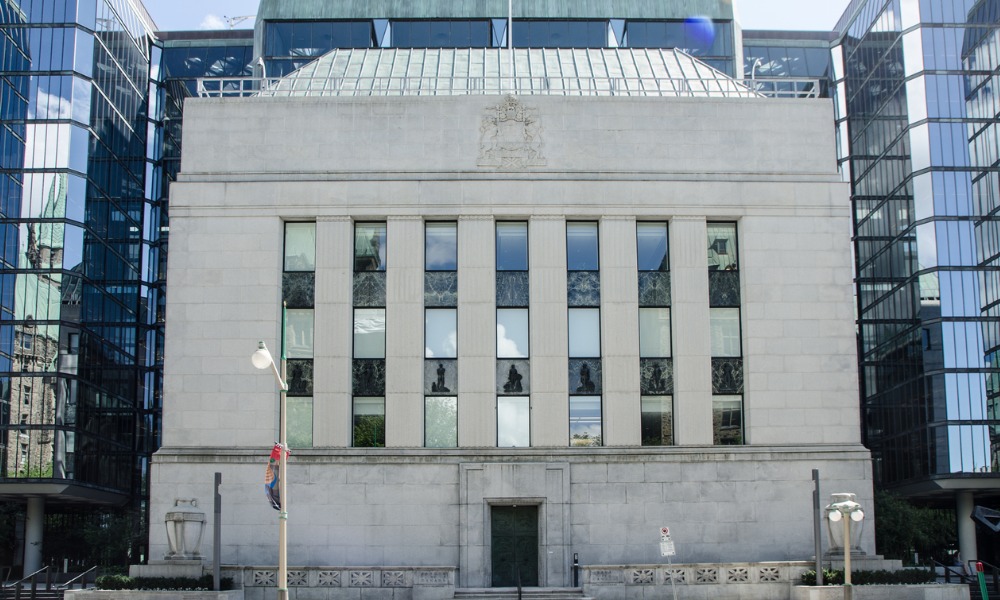Explaining why investors consistently underperform markets


In 2015 DALBAR, a financial services research firm released a study that concluded that an average investor consistently failed to achieve returns that beat or even matched broader market indices. An average mutual fund equity investor underperformed the S&P 500 by a margin of 8.19%. In the same study, conducted in 2020, it was concluded that the average investor still underperformed the S&P 500 by 5.35%. Even with the fixed income investor experiencing the best annual gain since 2012 (4.62%) the average investor return was still lower than the benchmark index return of 8.72%.
The most logical explanation for this would be behavioral finance, mainly the fear and regret factor, or simply regret theory. With the impact of events in the past 4-5 years - mainly related to the pandemic, skyrocketing interest rates and inflation - this approach got slightly distorted. Although fear and regret are still equally present in the investment world, fear and resignation has started to play a more predominant role.
The reason for the change in approach simply boils down to the fact that 2-3 years ago, one of the predominant themes was “search for yield”, and now with 5-6% returns easily available, investment advisors are being asked by their clients; “Why would I want to risk more?”
Darren Coleman, a portfolio manager with Coleman Wealth at Raymond James in Oakville, Ont. sees these issues slightly differently. According to Mr. Coleman, “People are too focused on protecting a dollar; they need to focus instead on what their dollar buys. A lower risk 5% return may look good, but it’s also guaranteed to lose real money if inflation stays higher. The problem with fixed income investments is that they don’t work very well for a rising cost of retirement”.
Read more: FTSE Russell releases latest asset allocation insights | Wealth Professional
According to James Burron, co-founder and a partner of CAASA (“Canadian Association of Alternative Strategies and Assets”), “Real assets can offer a solution to this difficult and complicated situation. Those who can remember the world a half century ago recall a scenario that is playing again on the world stage: inflation spiking but not for the same reasons as we remember. History never repeats itself but it quite often rhymes – and learning from past encounters with challenging times can be a great guidebook to today’s asset allocation strategy.”
This point of view requires a closer look into real assets. Mr. Burron states “In the past, they have proven to be an excellent long-term inflation fighter not to mention superior diversifiers, and one can extrapolate that performance forward over the next few years or decades without a great deal of creative thinking. Of course, time will tell where we end up in the 2030s and 2040s, but there are few asset classes that can mitigate the effects of inflation better than these”.
Real estate provides a degree of return that is ultimately uncorrelated to the performance of public markets. Canadian real estate, in particular, has structural forces that ensure that investors continue to earn high returns. Strong immigration and population growth, combined with a very low rate of new housing construction, has caused mounting demand for a limited housing stock, particularly in large housing markets like Toronto and Vancouver.
Read more: How will CPP changes affect business taxes in 2024? | Wealth Professional
When comparing real estate to equity or bonds, it is very clear that real estate will perform well in an inflationary environment, particularly in Canada. Taking into account an imbalance of demand and supply, very strong immigration, and very low rental supply in many markets, with no chance of this easing that anytime soon, this should cause a very strong yield even with high interest rates.
Darren Coleman sees the reason for risk premium in equities as a long-term premium for tolerating short term fluctuations. “You can use GICs if you’ve saved enough money to walk to AND THROUGH your retirement. Most of us need our money to at least jog – alternative investments can be like riding a bike and like a bike you’d better be sure how to ride it and that it’s in a good condition. Otherwise, it can crash pretty hard.”



